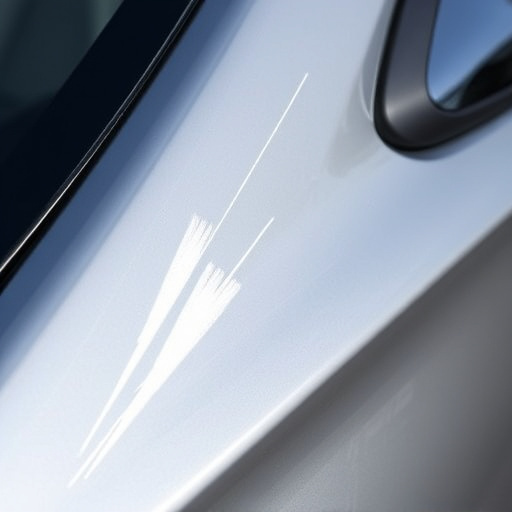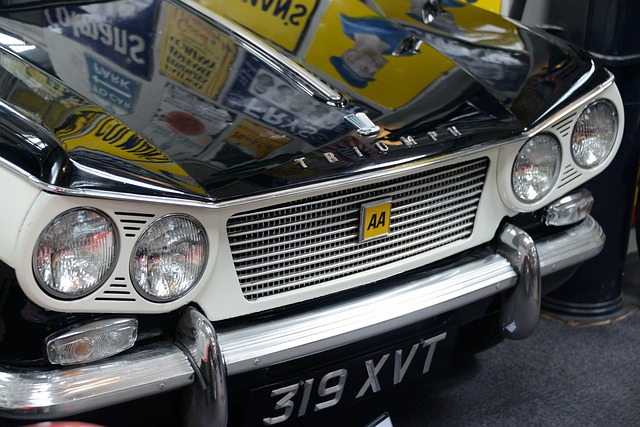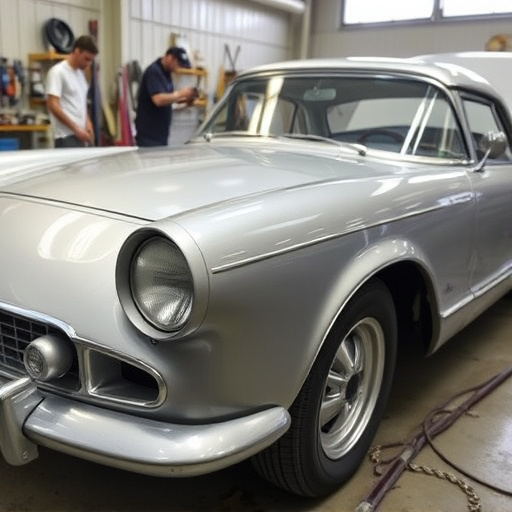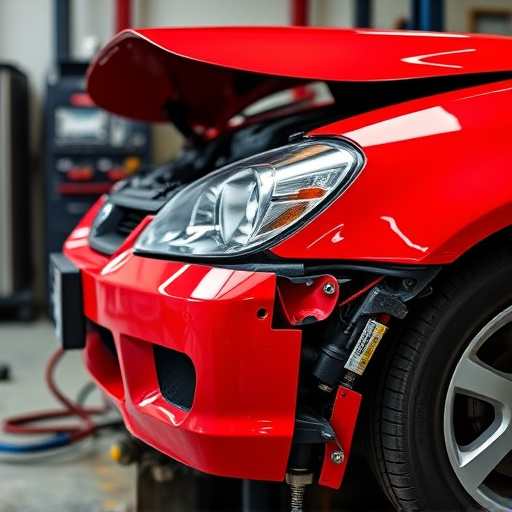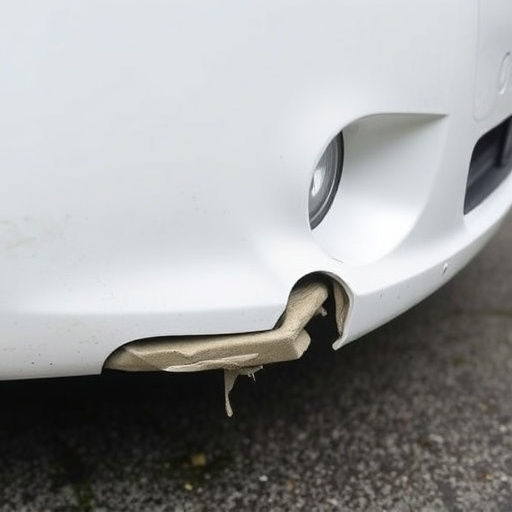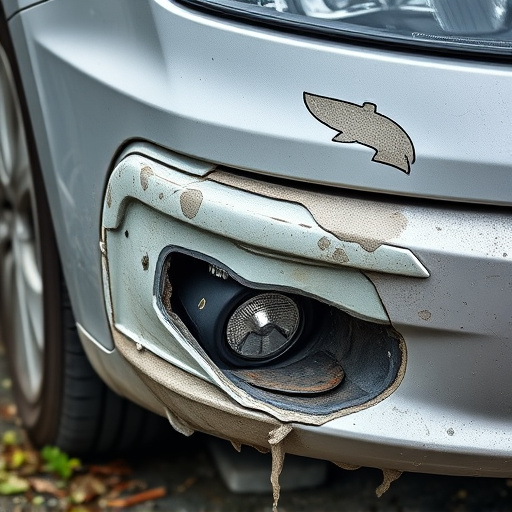Mercedes THERMOTRONIC repair for fan speed malfunctions demands precise diagnostics. Begin with visual inspection and use advanced tools to monitor fan performance. Specialized knowledge is required; verify coolant levels, inspect for leaks, test components, and maintain coils for optimal climate control without compromising system integrity.
Experience a malfunction in your Mercedes Thermotronic fan speed? Don’t panic. This guide helps you navigate the intricacies of these sophisticated cooling systems, offering clear insights into diagnosing and repairing common issues. By understanding the core principles of Mercedes Thermotronic technology, learning effective troubleshooting techniques, and following concise repair steps, you’ll restore optimal performance for efficient vehicle cooling.
- Understanding Mercedes Thermotronic Systems
- Diagnosing Fan Speed Malfunction
- Repair Steps for Efficient Cooling
Understanding Mercedes Thermotronic Systems
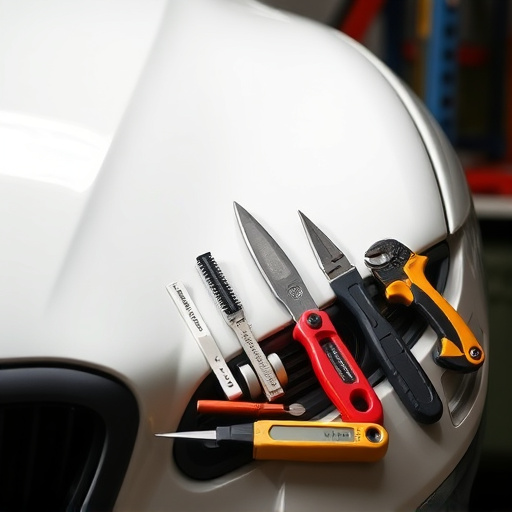
Mercedes THERMOTRONIC systems are integral to maintaining optimal cabin temperatures, ensuring both passenger comfort and vehicle efficiency. These sophisticated units regulate airflow and temperature by controlling various components, including fans, heaters, and dampers. The system’s complexity demands precision in its repair process, especially when addressing fan speed malfunctions.
When a Mercedes THERMOTRONIC repair is required due to fan speed issues, it involves meticulous diagnostics to identify the root cause. Technicians must consider factors like sensor functionality, electrical connections, and motor condition. Proper repairs not only restore optimal climate control but also prevent potential secondary issues, such as those commonly associated with vehicle bodywork damage, including hail damage repair or even minor car dent removal, which can disrupt the system’s delicate balance.
Diagnosing Fan Speed Malfunction

Diagnosing a fan speed malfunction in a Mercedes THERMOTRONIC system is a critical step before initiating any repairs. The first step involves checking the fan motor for any visible signs of damage or wear, as well as inspecting the wiring and connectors for loose or damaged connections. This initial assessment can often reveal simple issues like fender repair needs or loose parts that are easily rectifiable.
Advanced diagnostic tools can then be employed to monitor the fan’s performance in real-time. These tools measure parameters such as voltage, current, and resistance, allowing technicians to pinpoint exact problem areas. Unlike general vehicle repair services, Mercedes THERMOTRONIC repairs demand a deep understanding of the car’s complex climate control systems. A competent vehicle body shop will use this data to diagnose whether the issue lies with the fan motor, the temperature sensor, or other components integral to its operation.
Repair Steps for Efficient Cooling

When addressing a Mercedes THERMOTRONIC repair due to fan speed malfunction, efficient cooling is paramount. Start by inspecting the thermostat and coolant levels; ensure they are at the recommended marks. If there’s any discrepancy, top up or replace as necessary. Next, check for leaks in the cooling system using a pressure gauge. Leaks can indicate issues with seals, hoses, or the radiator, all of which should be replaced if compromised.
Proceed to the fan and its motor, testing their functionality with a multimeter. A faulty fan or motor will require replacement. While working on these components, consider the overall health of the vehicle’s air conditioning system. A well-maintained AC system ensures optimal cooling performance. Regular maintenance includes cleaning the evaporator coils and checking the condenser for any debris or blockages that could hinder airflow. For minor issues like a dented radiator (a common occurrence in vehicle body shops) or car dent removal, simple repairs can often be done to restore efficiency without compromising overall cooling capabilities.
In conclusion, diagnosing and repairing a Mercedes THERMOTRONIC fan speed malfunction is a crucial step in ensuring optimal vehicle cooling. By understanding the system, properly diagnosing issues, and following efficient repair steps, car owners can restore their Mercedes’ cooling performance and prevent future complications. Remember that prompt action on such matters can save costs and keep your vehicle running smoothly.



